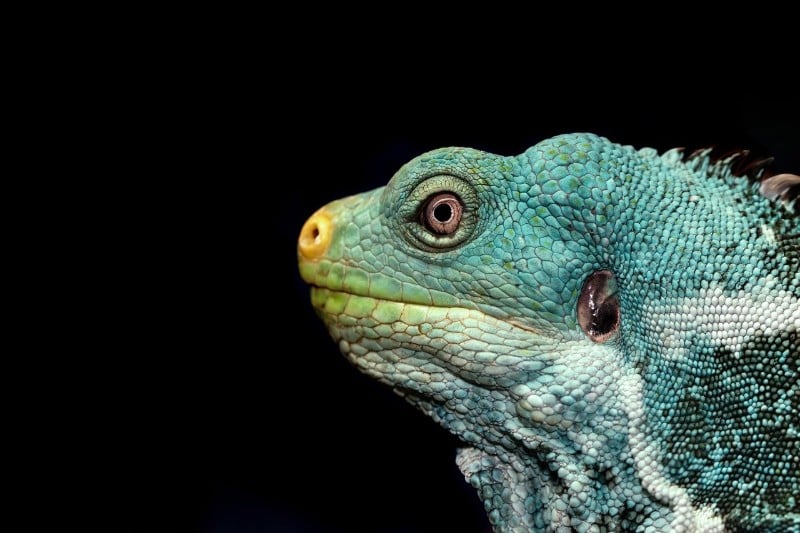A robotic game of cat and mouse shows how neuromorphic chips inspired by the brain could allow small robots to make decisions without using too much power
Technology
15 June 2022
A robotic game of cat and mouse playing out in a lab provides a peek at future possibilities of robots carrying out search and rescue missions or wildlife surveys without much human guidance.
The Tianjicat robot developed by researchers at Tsinghua University in China uses a brain-inspired computing chip called TianjicX. The so-called neuromorphic chip can run multiple artificial intelligence techniques simultaneously in an energy-efficient manner. It is one example of experiments with neuromorphic systems that could allow small robots to make decisions using limited computing resources and power.
The researchers challenged the Tianjicat robot to chase another robot that was set to move randomly in a room filled with obstacles. This required Tianjicat to track the mouse robot by using both visual recognition and sound detection, and to figure out the best path to chase down its pretend prey without colliding with anything. The team says that the TianjicX chip reduced the amount of power required for the robot cat to make decisions during the chase by about half compared with an NVIDIA chip designed for AI computing.
Performing a cat and mouse chase would be a step up in difficulty for most commercialised robots, which usually follow very predictable routines in warehouses or factories. Many robots that interact with more complex and unpredictable environments rely on remote control by human operators, or else must maintain wireless connections with distant data centres that have the computing power necessary for more intensive decision-making.
It is difficult to tell from this one lab demonstration how well the TianjicX chip stacks up against other neuromorphic systems. Many robotics researchers and neuroscientists around the world have been experimenting with the neuromorphic system approach of designing computer chips to more closely mimic how a biological brain works.
Still, neuromorphic systems haven’t yet been commercialised in a big way. But their relatively low size, weight and power requirements could provide practical advantages for robotic deployment.
“For robotics, this is very important because it allows the system to operate for longer durations in hard-to-reach environments with greater autonomy,” says Jeffrey Krichmar at the University of California, Irvine.
Journal reference: Science Robotics, DOI: 10.1126/scirobotics.abk2948
More on these topics:


























































